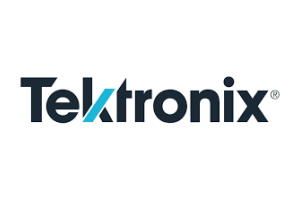Infrastructure for Data Centers
Market for edge computing grows rapidly
According to the Europe Edge Computing Market Report, the edge computing market will reach a growth rate of 29.3 percent by 2023. That's the conclusion of a report published in May. The question is what and who is driving the demand.
The report, published in May 2022, describes in detail the demand, growth, opportunities and restraints of the European edge computing market. The experts analyzed its structure and studied the key players. According to Quad Intel, the value of the edge applications market in Europe is expected to reach $1.94 billion by 2023.
Edge Computing – where and for whom?
In the report, the analysts divide the market into applications and end users. Among the first-named, smart city solutions appear to represent the largest share. These, together with edge computing technology, are said to already be deployed in more than 240 European cities with more than 100,000 inhabitants. In addition to smart cities, edge computing is also becoming increasingly important in areas such as smart factories, autonomous driving, power grids and healthcare. This is due in part to the increased use of edge computing applications in IoT systems.
Quad Intel cites the UK healthcare sector, among others, as an example of the practical application of IoT in combination with edge computing. According to the analysts, the use of IoT and edge devices saved more than $5 billion from 2018 to 2023.
Applications that use edge computing will also accompany the gaming, digital entertainment and e-commerce industries. In the UK, more than 47% of Britons also believe that "smart" home devices will positively impact their lives in the coming years.
End users and key investors
Among the end users and companies investing in edge devices, Quad Intel highlights the industrial, energy, utilities, IT and telecom operators, and electronics manufacturers sectors. The last three are expected to be particularly responsible for market growth in Europe.
The demand for edge computing appears to be closely linked to the development of 5G networks, which are increasingly being used in IoT devices and new smartphones. By 2025, Europe is expected to have 214 million 5G connections. Analysts predict telecom operators in Europe and the U.S. will spend up to $185 billion on it by 2026.
"Key technology partners are IT companies, especially local data center operators and cloud providers. On the surface, edge computing may seem like a departure from the cloud, but in reality the two technologies complement each other very well. By combining the two technologies, we can build a flexible and scalable infrastructure that processes data instantly and securely in close proximity to the end user. As edge data centers grow in importance, and they are also increasingly being built in metropolitan areas, it is critical that they meet sustainability standards. The energy efficiency of the facilities or their supply of "green" energy is now the basis for Europe's digital transformation, which at the same time aims for climate neutrality in 2050," explains Muzaffer Ege, Director Sales DACH Region at Beyond.pl, an operator of data centers in Europe.
Key players and risks
According to the analysts, personnel bottlenecks could slow down further growth. Optimizing edge computing also appears to be an increasing challenge, especially when deployed in new areas. Interestingly, U.S. companies remain the key investors despite significant growth in the European edge computing market. According to Quad Intel, the key players and technology providers in this market are currently Cisco Systems, Microsoft, IBM, Google and Amazon.





